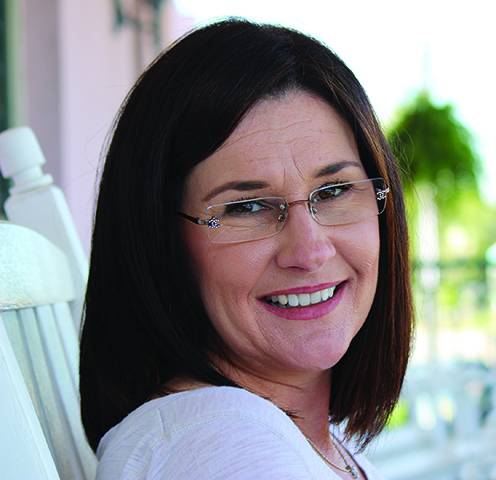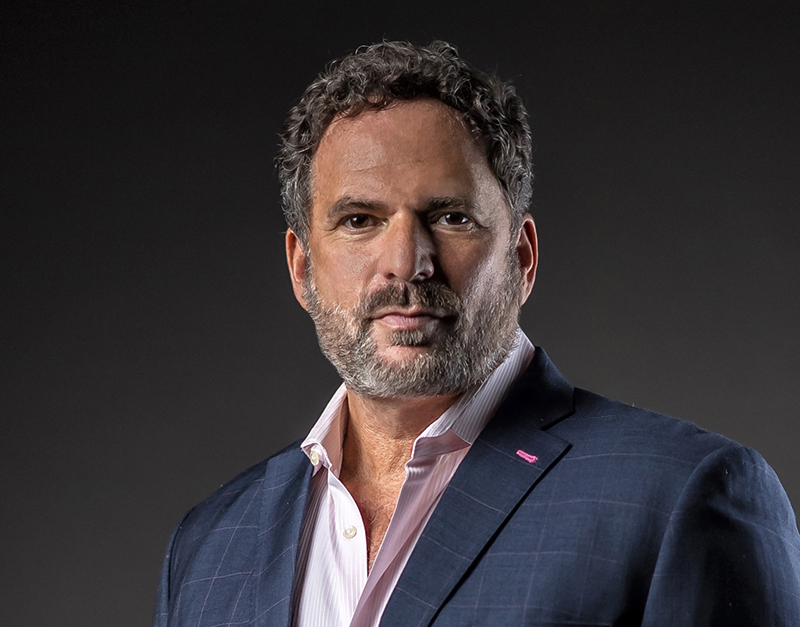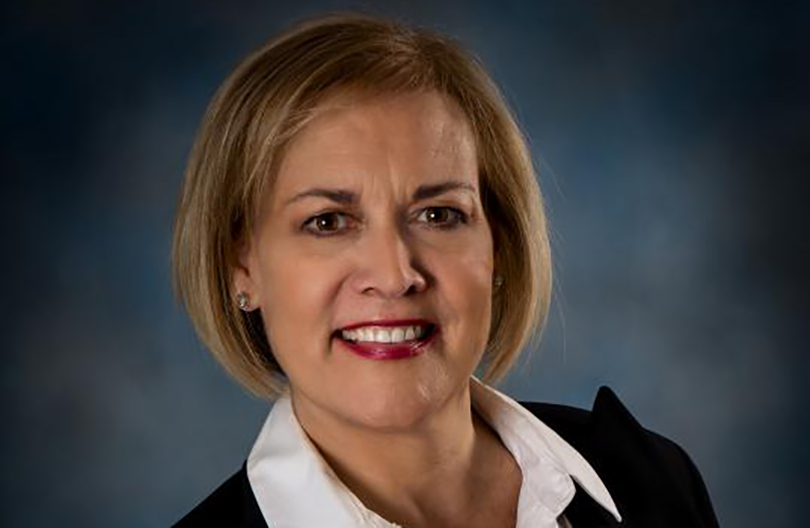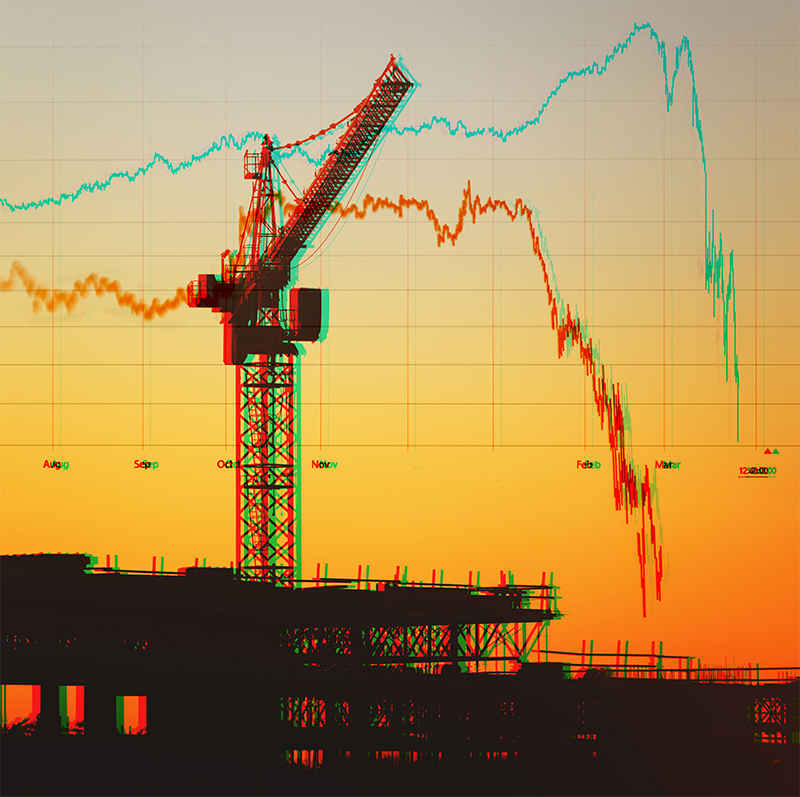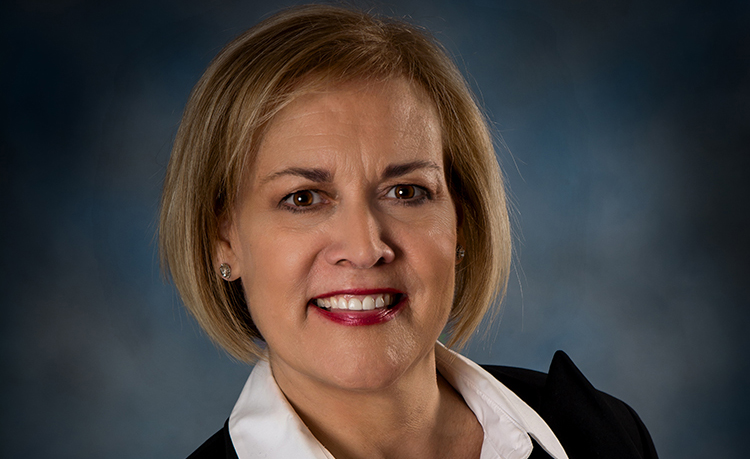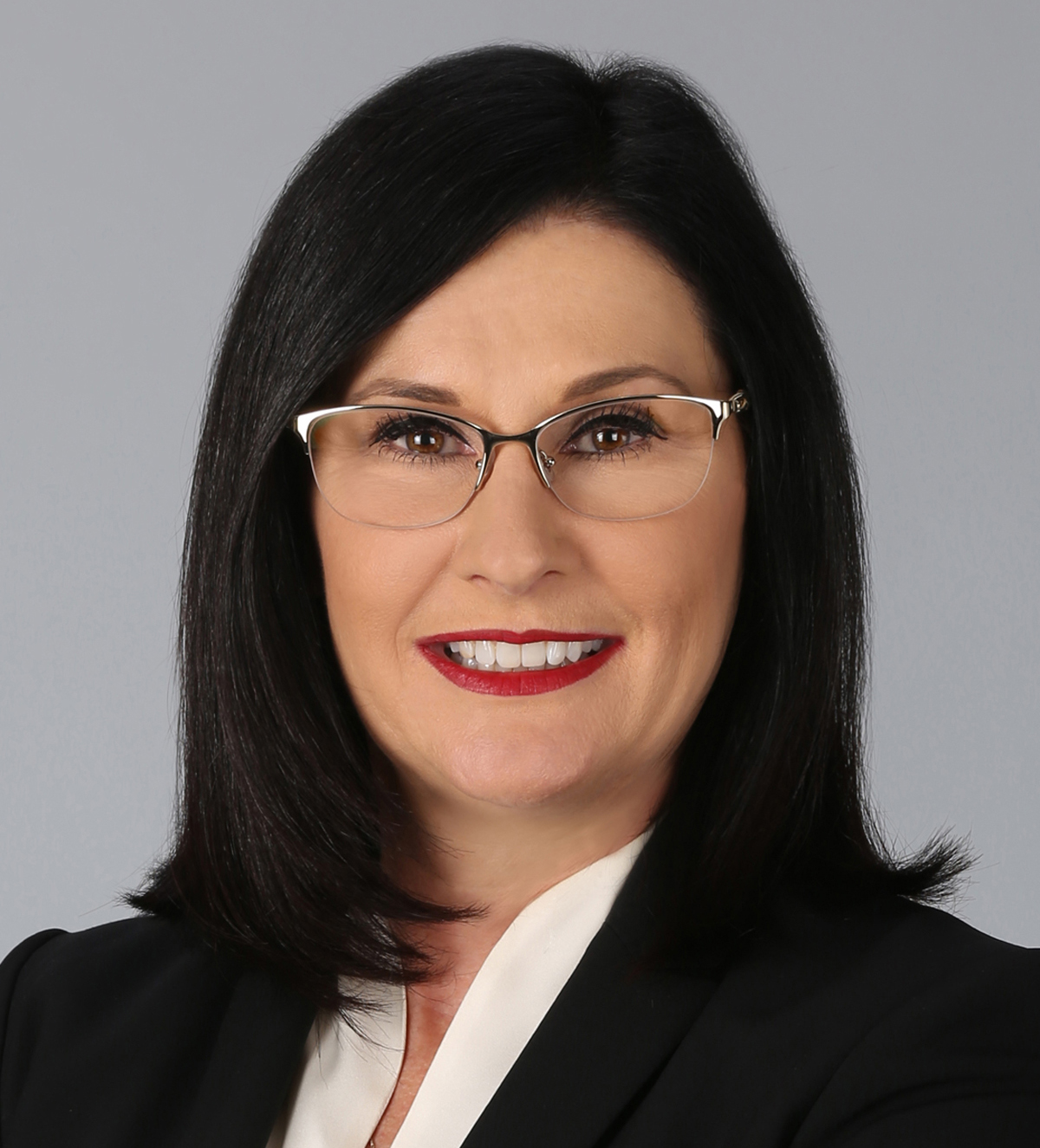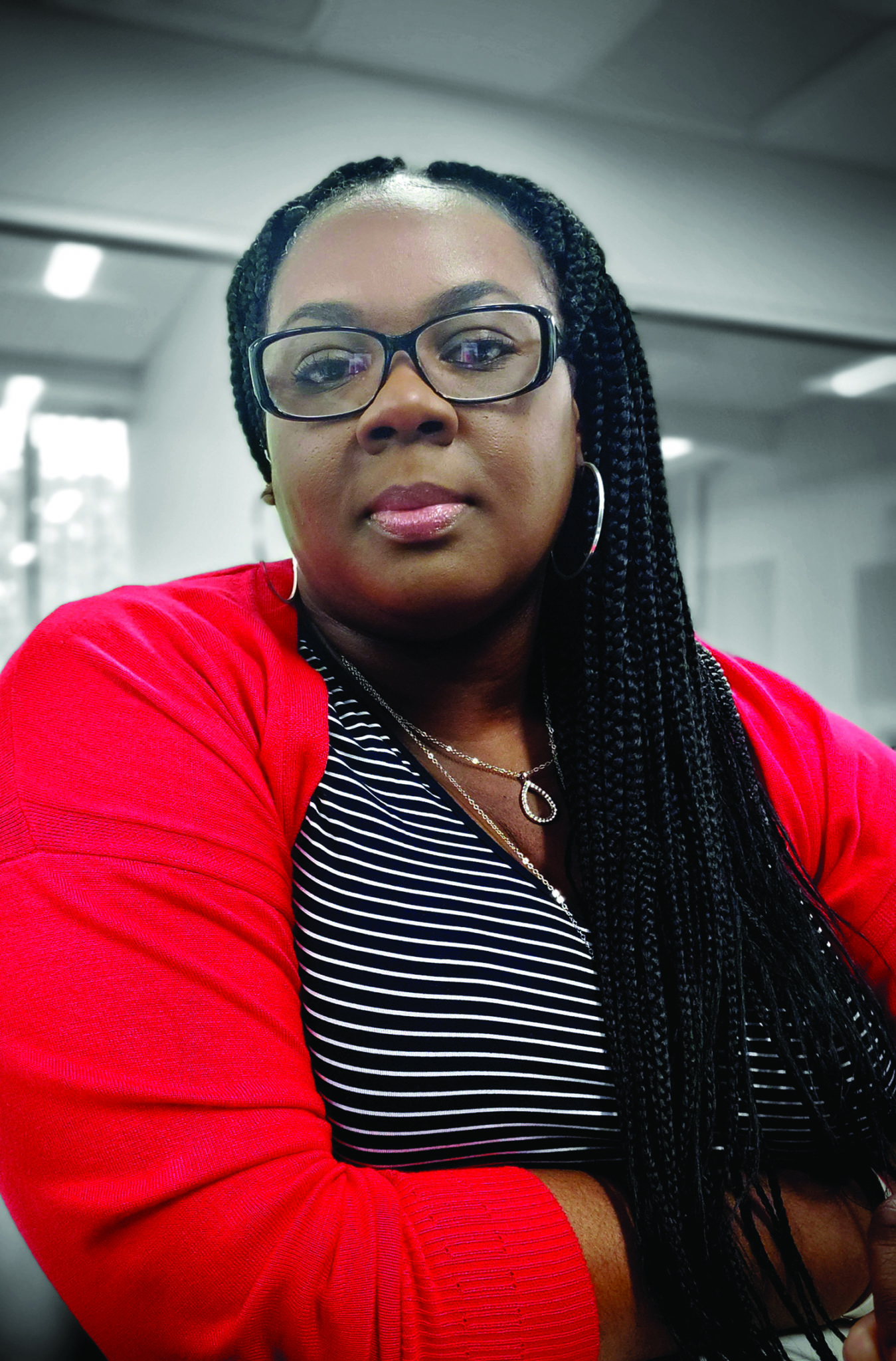By Darcie Lansford
Trade wars. Tariffs. Geopolitical meltdowns.
South Florida’s commercial real estate sector shrugs off a plethora of concerns of a President Donald Trump-induced economic retraction like an Ebenezer Scrooge snipe at the company Christmas party.
Broward County’s industrial construction swelled in the first half of the year, setting a confident course for more than 1.1 million square feet of new distribution and warehousing hubs poised to open this year.
Despite the delivery of about 800,000 square feet last year, the county’s vacancy tumbled 140 basis points year-over-year to end the second quarter at 3.9 percent, according to CBRE market data.
“The industrial market remains the bright spot, with growing volumes of trade leading to strong absorption of warehouse space. Concerns about tariffs may cause activity to slow down later this year,” says Wells Fargo senior economist Mark Vitner. “So far, those concerns remain just concerns, and no actions have been taken. We are seeing a few projects delayed or postponed due to higher construction costs.”
So far, it is hard to argue with developers’ bullishness, with systemic growth stories such as Postal Center International’s second-quarter lease of an entire 224,650-square-foot industrial building at Weston Business Center a near doubling of the mail, print and marketing company’s headquarters.
But Broward’s industrial boom can’t hold a roll-up door to Miami-Dade County.
The Miami-Dade market has nearly two dozen projects bounding out of the ground, which will soon deliver another 4.3 million square feet of industrial big boxes to a market that has already seen more than 10 million feet open in the past five years. The county saw 1.1 million square feet delivered in the second quarter alone.
Even so, brisk tenant demand held year-over-year vacancy steady with 94 leases executed in the second quarter, totaling 1.9 million square feet, CBRE data shows.
E-commerce, movement of fruits, vegetables and flowers and trade with Latin America remain top demand drivers, says veteran industrial broker Michael Silver of CBRE.
“I don’t see a decline of activity levels,” he says. “Companies are growing.”
All the bustle to the south makes Palm Beach County seem like a sleepy little ’burb. It isn’t the lack of demand, but rather the low inventory applying restraint.
While slower to rebound after being slammed by the housing bust a decade ago, Palm Beach County, at 97.4 percent occupancy, has the tightest vacancy in the tri-county region, CBRE data shows.
And that bares a cash crop for the developers able to wedge an industrial park in amid the mansions, golf courses and sugar fields. At an average base rent of $9.57 a square foot, the county nets the highest rent in the region.
Scarcity of industrial-zoned land led to a scant second- quarter construction pipeline of 164,113 square feet, data shows.
“If industrial development runs out of runway anytime soon, it certainly won’t be for a lack of demand,” says Christian Lee, vice chairman of CBRE. “South Florida has delivered more than 18 million square feet of space over the last five years. During the same timeframe, we’ve absorbed 35 million square feet and have low single-digit vacancies. The runway is limited by a diminishing supply of industrial development land, not a lack of demand for Class-A space.”
While office development remains somewhat hemmed in this cycle by lenders’ and investors’ general disdain for bankrolling new office buildings on a speculative basis, Miami-Dade is seeing the most action, with more than a million square feet of new development underway.
Broward County and Palm Beach County also have a spate of projects under construction, including the 165,000-square-foot Edison in Pembroke Pines, the first of two buildings planned by Atlanta-based TPA Group.
Broward has seen only about a half-dozen buildings, totaling 402,377 square feet, delivered in the past five years. Palm Beach County has seen fewer, with only two notable office projects just now underway.
Constrained construction paired with a rising wave of corporate demand knocked year-over-year office vacancy down and bumped rents up across the region.
Says Vitner: “Demand for office space remains modest, but there have been several large build-to-suit projects, primarily dealing with business units focusing on Latin America. Financial services are growing modestly overall. Asset management is doing well, however. Health care is another key growth area, with hospitals and outpatient facilities continuing to grow.”↵
Freelance writer Darcie Lunsford is a former real estate editor of the South Florida Business Journal. She is the senior VP for leasing at Butters Group and is avoiding a conflict of interest in her column by not covering her own deals.





